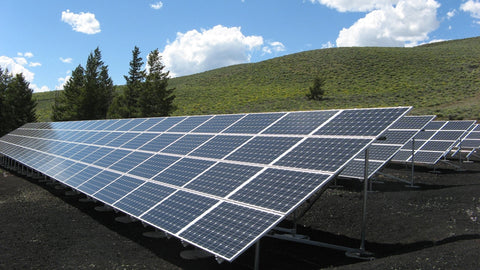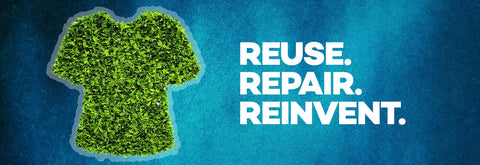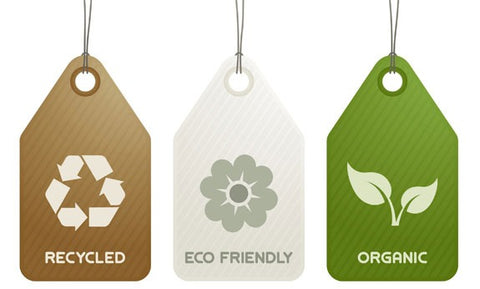
“Minimalist fashion” has become a catchphrase in the fashion landscape. However, its comprehension is very limited.
Different things come to mind when we talk about minimalist fashion. Be it a wardrobe with limited clothing pieces or something composed of a somewhat monotone shade, minimalist fashion has different interpretations. But the real question is- what is minimalist fashion? And why is it so big in the fashion landscape?
Let’s implore more by analyzing each aspect of minimalist fashion.
Recommended Reading: Sustainable vs Slow Fashion
What is Minimalist Fashion?
One principle drives the concept of minimalist fashion- keep it simple!

Streamlined shapes, a small selection of shades and a bare minimum amount of clothes can be defined as minimalist fashion. Yes, all of it might sound surprising but the truth is that minimalism is all about simplicity. It is this factor that drives this concept of fashion.
There is a set of enthusiasts who go the extra mile to define minimalism as a vibe. For making extra space for good things in life. Merging the concept of minimalism with fashion has given birth to a trend that talks about making space for everything necessary, and eliminating the need for excess.
Given that people have started realizing the negative impact of the fashion industry, shifting to a minimalist approach seems like the right thing to do.
Bonus Tip: Can Sustainable Fashion Prevent Climate Change?
Taking the Minimalist Approach
When we talk about taking a minimal approach to fashion, the focus is more on the attitude and the process behind it. While opting for a minimal aesthetic for fashion is a part of it, minimalist fashion is not limited to specific color palettes or the number of items in your closet.
Having a minimal approach to fashion is synonymous with making choices consciously. It is about approaching your wardrobe intentionally, without any set definition. The aim is to create a wardrobe that is filled with high-quality pieces that will last for years.

The goal here isn’t to bring down your clothing collection to single digits. It isn’t about having only shades of black, grey, white, cream, and taupe. It isn’t about hating your wardrobe. If truth be told, it is the opposite.
An average person wears 20% of his/her wardrobe regularly. This means that 80% of most clothing items are unnecessary. Think about it- no matter how many new pieces of clothes you have, you will still reach out for your favorite pieces over and over again.
But imagine, every day, you open your wardrobe and find only things that you love? That would be nice right? That is what a minimalist approach to fashion is all about.
Is Minimalist Fashion Equivalent to Being Sustainable?
Now that we have established what minimalist fashion means, there is one other aspect that remains to answer. Is minimalist fashion equivalent to being sustainable?
Also Read: What is Sustainability?
When we talk about being sustainable, we talk about being conscious of the choices we make. And minimalist fashion is all about being careful with the choices. This aligns the concepts perfectly, therefore.

Now many may say that minimalist fashion doesn’t mean that the clothes chosen will be made of eco-friendly materials. Hence, we cannot say that minimalist fashion is equivalent to being sustainable.
However, if we change our approach a little, we can see the symmetry between them. Though the pieces you chose might not be sustainable per se, when you curb the number of clothes you are buying, it automatically contributes to lessening the negative impacts of the fashion industry.
Bonus Tip: 7 Forms of Sustainable Fashion
By being a minimalist, you at large promote the concept of sustainability.
To Sum It Up
Minimalist fashion is the future. There is no shade of doubt in that. Subtle shades, limited pieces, and streamlined shapes on one hand and on the other, it is about caring for the environment- minimalist fashion encompasses all of it.

At NorthMist, our t-shirts showcase minimalist hues, which allows us to maintain balance. You can check out our collection here.
Do you want to stay on top of sustainable trends? Visit our blog here.





